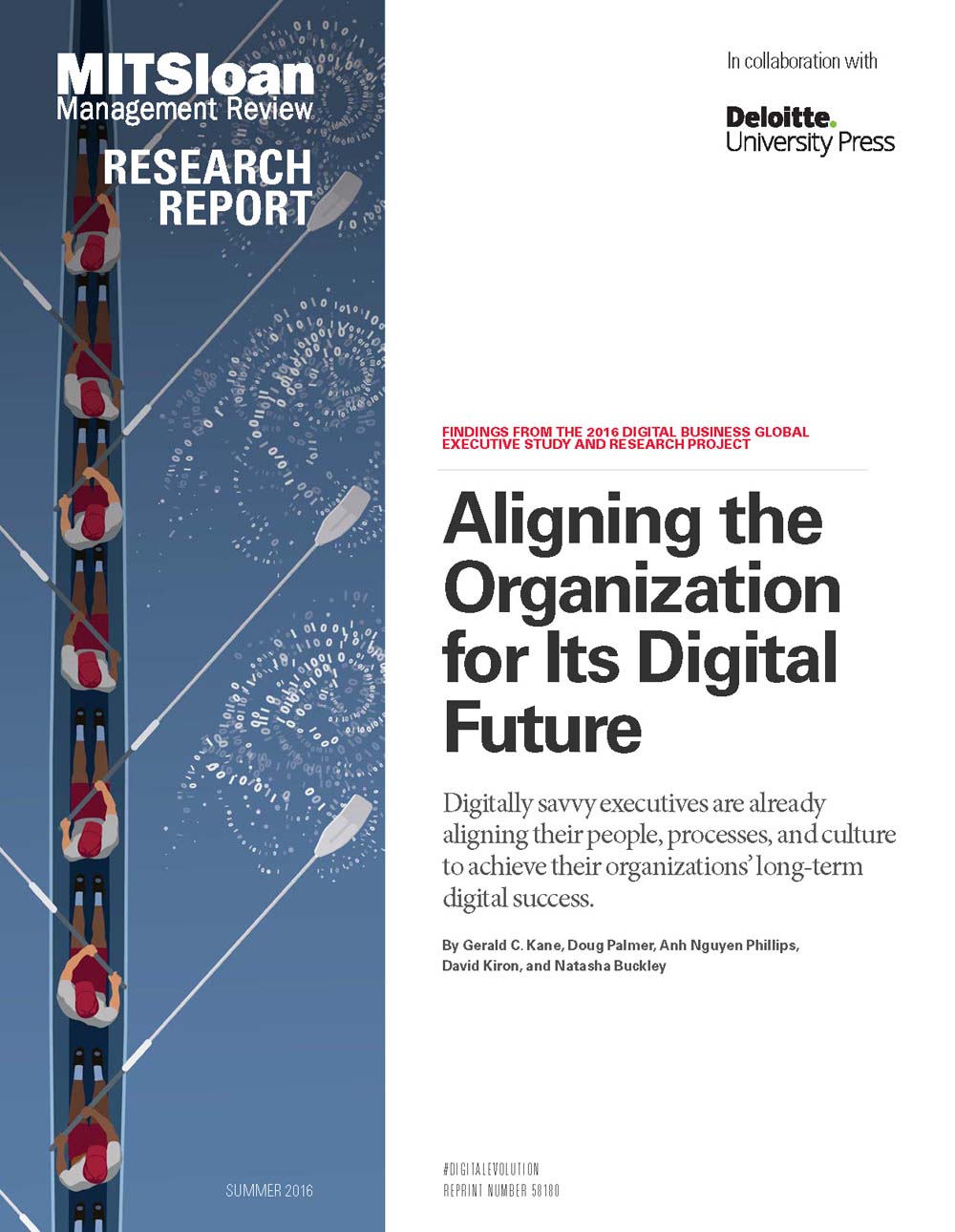
Market Management to Transform the IT Organization
In recent years, companies have faced growing pressure to radically change the way they organize and manage the IT function. To manage IT effectively, companies must address two fundamental issues: the supply side, or the provision of IT services, and the demand side, or the identification and prioritization of application needs. Using the example of BP Exploration (BPX), a division of British Petroleum, the authors provide a four-stage model for transforming IT departments in which the balance of attention allocated to supply or demand shifts over time, but in which neither side is ever ignored.
Like many organizations, BPX was forced to reinvent itself in response to a crisis. When the price of crude oil plummeted unexpectedly, the CEO decided that radical change was the only way for the company to survive. The transformation of the company's IT organization took place over six years and consisted of four stages:
1. Recognizing disequilibrium. The company examines the crisis in IT. It questions the value of IT and the IT function.
2. Emphasizing supply management. The company sets new delivery goals and begins to rebuild the technology platform. It focuses on realizing value from the inherited IT situation.
3. Emphasizing demand management. The company works out an applications vision and establishes demand management processes while planning the future infrastructure. Its concern is with creating future value.
4. Maintaining equilibrium. The company addresses governance of the new IT organization and develops partnerships between IT and both business managers and vendors. The goal is to sustain value.
Organizations flounder when they tackle the demand side or the supply side in isolation. BPX saw that a successful transformation had to tackle both, with the balance of emphasis changing over time; at stage four, an ongoing state of equilibrium exists between supply and demand. In using this model, companies must recognize the crucial role of IT: to understand the past and predict the future of both technological advances and business needs while balancing the supply and demand management perspectives.




